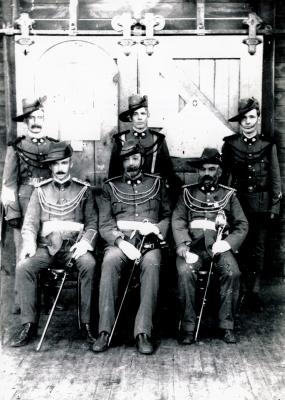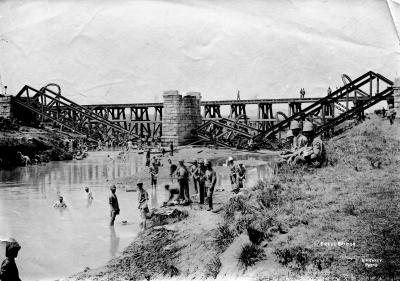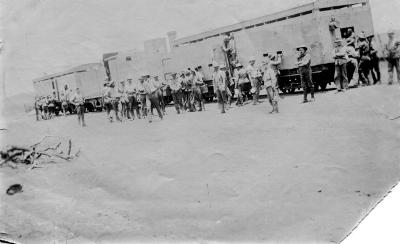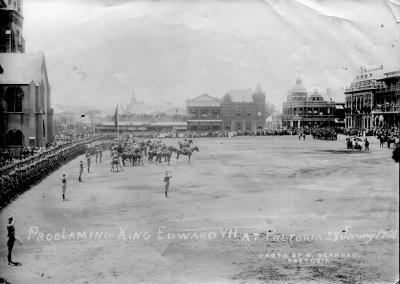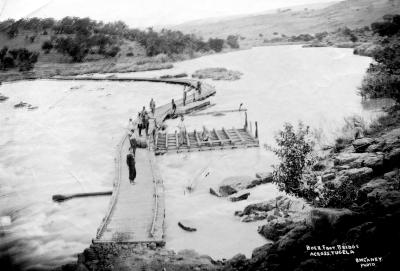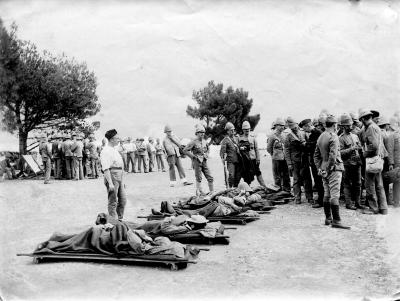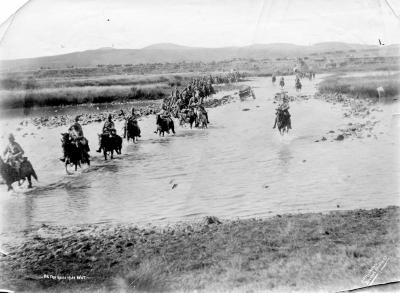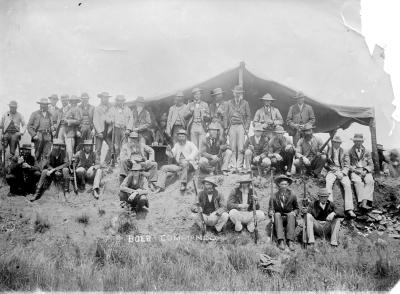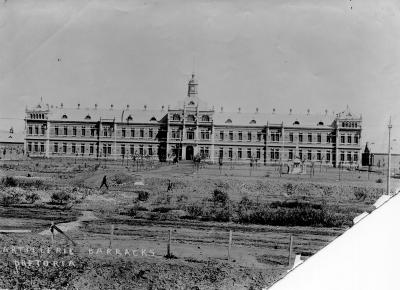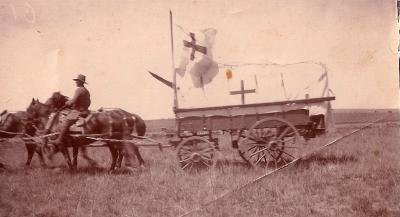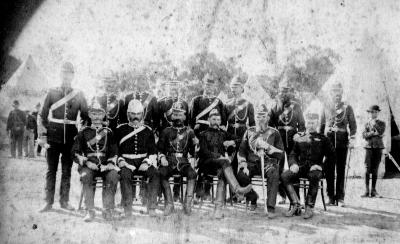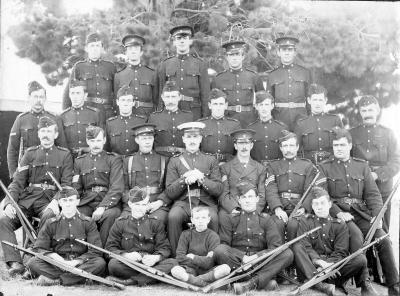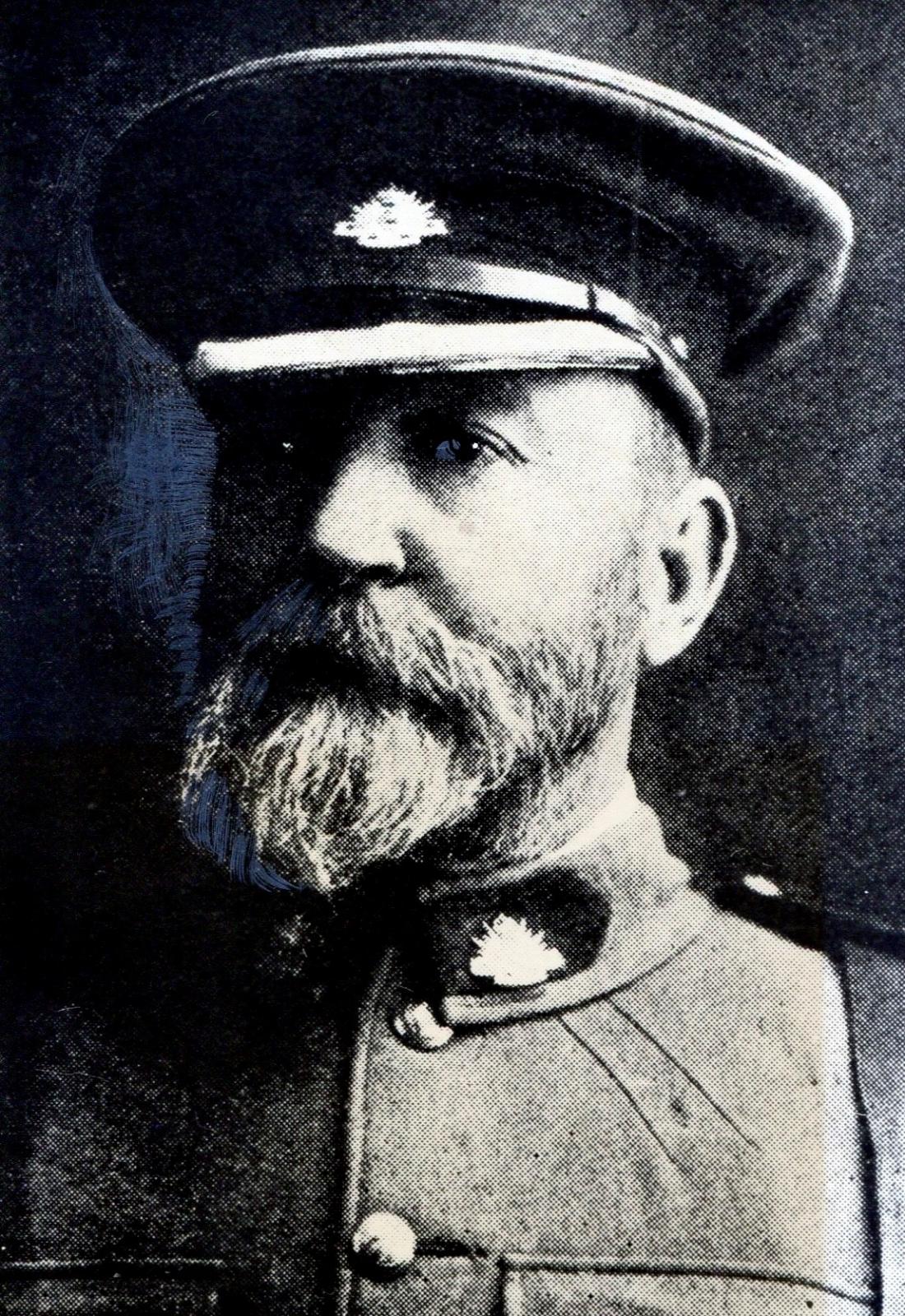Early Commonwealth, FINNERTY, Goldfields Regiment
Early Commonwealth John Michael FINNERTY, Goldfields Regiment
John Michael Finnerty (1853–1913), mining warden and magistrate, was born on 31 January 1853 in Limerick, Ireland, to army officer Charles Finnerty and Elizabeth (née Mathews). The family emigrated to Western Australia in 1859, where his father served as a military pensioners’ staff officer in Fremantle. John attended Rugby School in England from 1867 to 1872 before returning in 1873 to clerk for Sir Archibald Burt.
From 1878 to 1882, Finnerty worked a pastoral lease on the Gascoyne River with John H. Monger. By 1886, as police inspector in Derby, he witnessed the Kimberley goldfield's proclamation. The following year, he became warden and magistrate at Halls Creek, managing Western Australia’s first gold rush. In 1889, he moved to Southern Cross on the Yilgarn goldfield, later becoming resident magistrate.
In 1892, Arthur Bayley’s gold discovery led Finnerty to name the site Coolgardie, sparking the colony’s greatest gold rush. He facilitated vital water supplies and managed diggers’ claims during shortages. Appointed to Coolgardie in 1894, he oversaw its rapid growth before relocating to Kalgoorlie in 1900. . With the rank of lieutenant-colonel he commanded the Goldfields Regiment of the Volunteer Defence Force. A great raconteur, he wore a full beard with a 'walrus' moustache and had a commanding but genial presence.
Retiring in 1911, Finnerty died near Geraldton in 1913. Respected for his fairness and leadership, he was a Fellow of the Royal Geographical Society, a Freemason, and a celebrated community figure.
Details
Details
P1900.2962
AHMS IRN 28407
Australian Army Museum of Western Australia
Australian Army Museum of Western Australia
More items like this
Other items from Australian Army Museum of Western Australia
- Pre 1914, 2nd Anglo Boer War, South Africa, Frere Bridge, 1901
- Pre 1914, 2nd Anglo Boer War, South Africa, Armoured Train, 1901
- 2nd Anglo-Boer War, South Africa, Pretoria, 1901
- Pre 1914, 2nd Anglo Boer War, South Africa, Tugela River,
- Pre 1914, 2nd Anglo Boer War, South Africa, Wounded
- Pre 1914, 2nd Anglo Boer War, South Africa, DE WET, British Mounted Infantry
- Pre 1914, 2nd Anglo Boer War, South Africa, Boer Commando, 1900
- Pre 1914, 2nd Anglo Boer War, South Africa, Pretoria, 1901
- Pre 1914, 2nd Anglo Boer War, South Africa, British Ambulance, 1901
- Pre 1914, Western Australia, ELLIOTT, Medical Volunteers,1889
- World War 1, Western Australia, SMYTH, 16 Battalion
- Pre 1914, Australia, Tasmania, Hobart, 36 Fortress Company, Australian Engineers
